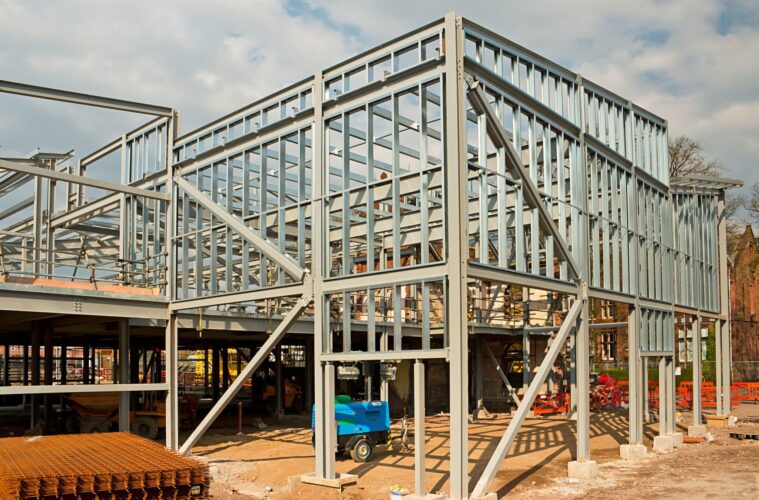Steel is the most important material used in construction. It’s used everywhere, from frameworks to ducting, plumbing to green energy solutions to the millions of screws and fixtures that fill a modern building.
The wider use of steel sees it used across industry, from bicycles to cars, ships to spacecraft.
It’s in more places than you could possibly imagine!
But what is steel and why is it so popular? What makes it so common in construction?
How is steel manufactured?
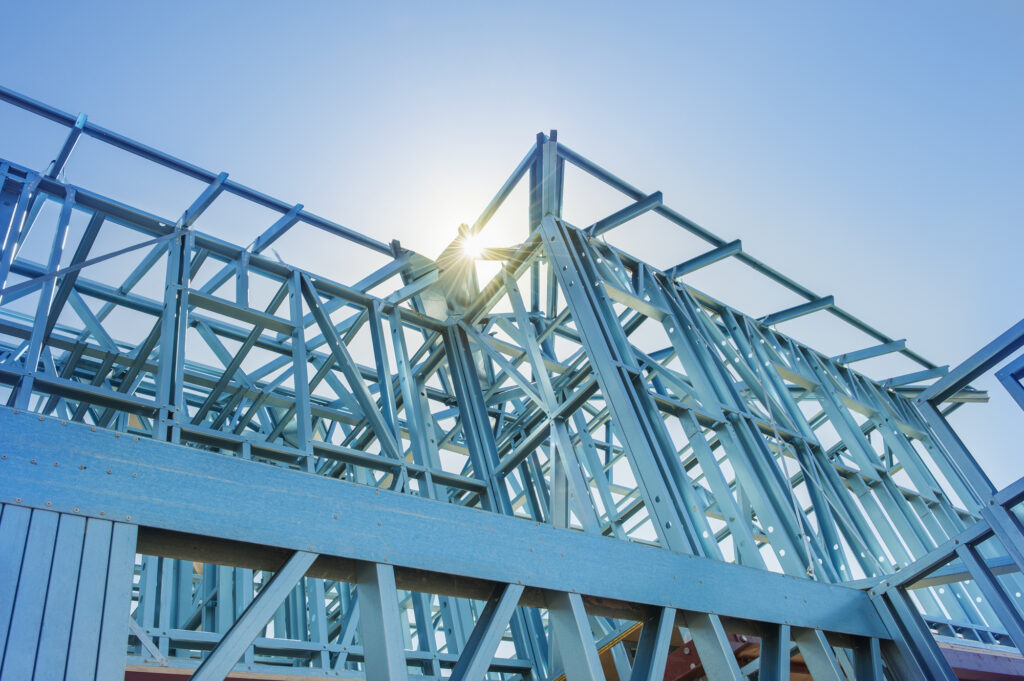
source: pinterest.com
Steel is an alloy of iron and carbon. Iron has its oxygen and impurities removed and is combined in a furnace with up to 2% carbon to create steel.
Sometimes old steel is recycled alongside new steel and manganese and small amounts of silicon, phosphorus, sulphur and oxygen can be added to create different types of steel.
There are two main manufacturing methods, blast furnace-basic oxygen furnace (BF-BOF) and electric arc furnace (EAF).
Most steel is manufactured using basic oxygen furnaces. The iron and carbon are combined while molten and the resulting product is cast or rolled into shape.
Different types of steel
There are four main types of steel, carbon steels, alloy steels, stainless steels, tool steels.
Each has different characteristics that make it ideal for different uses.
Carbon steel – Most common steel made up of mild steel (low carbon), medium and high carbon steels. Used in construction and widely in manufacturing.
Alloy steel – Steel manufactured with added chromium, nickel, copper, molybdenum, vanadium or aluminium. Used in pipes, pots, pans and corrosion-resistant products.
Stainless steel – Steel manufactured with added a minimum of 10.5% chromium that makes it ideal for medical, catering and architecture.
Tool steel – Steel with added tungsten, molybdenum, cobalt or vanadium that give the steel a much harder composition. Ideal for cutting and drilling equipment.
The advantages of using steel in construction
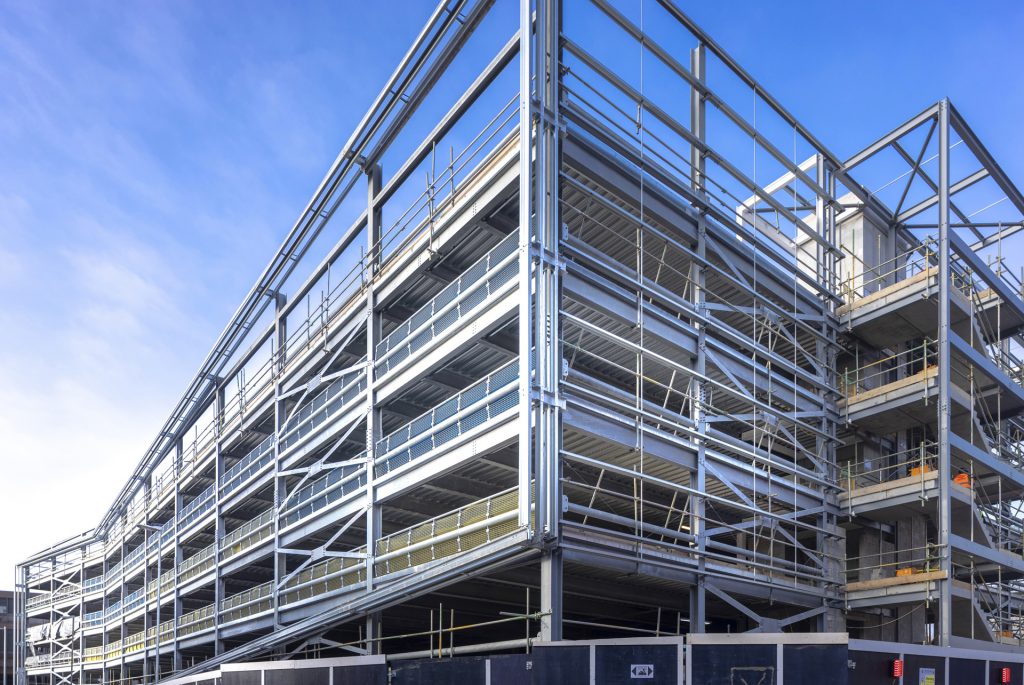
source: pinterest.com
There are many advantages of using steel in construction, which is why we see it so often.
Let’s take a look at some of the key advantages:
Value for money
Steel is manufactured everywhere and in large volumes. This keeps the price reasonable as there’s a lot of competition in the market. Iron is plentiful and carbon is everywhere so the raw ingredients are easy to obtain at a relatively low cost.
Rising energy prices have increased the price of steel but it still offers great value for money in construction when you bear all the other advantages in mind.
Availability
There are steelworks in almost every country in the world. There are also raw materials across the globe and the expertise to create high quality steel.
While the majority of steel is manufactured in the Far East, there are smaller steelworks all over the world so it isn’t usually difficult to obtain high quality materials.
Sustainability
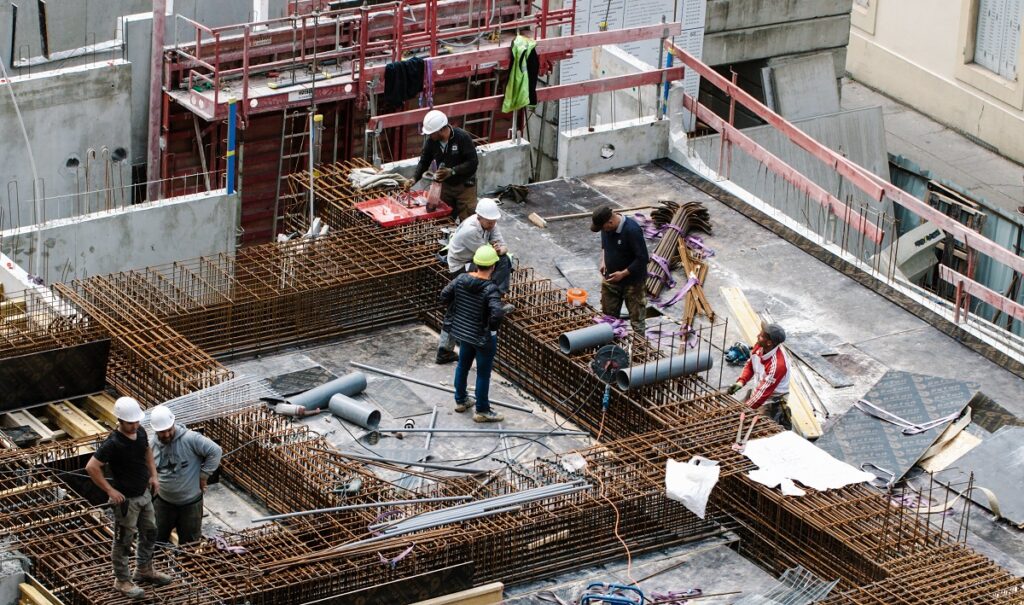
source: pinterest.com
Steel is infinitely recyclable, iron is plentiful and carbon is everywhere. While manufacturing is energy-intensive, the raw materials are easily accessible.
The ability to fully recycle steel makes it a very sustainable material. Steel also lasts a long time and has an impressive operating life.
Finally, steel can mean using less concrete and other materials in construction, lowering the overall carbon footprint of a building.
Strength
Steel is a very strong material. Advances in manufacture means it’s much stronger than before while also being lighter.
For example, the steel used in modern cars is around 35% lighter than the steel used in the 1960s or 70s but is also much stronger. The same for construction and other areas that utilise steel.
Safety
Steel is fire resistant and predictable, so is a safe material to work with. Constructing a building with steel rather than wood means that building is less combustible and will have a longer, safer operating life.
Strict quality standards for the manufacture of steel also ensures it is safe to use and is able to resist corrosion, stress and weight.
Reliability
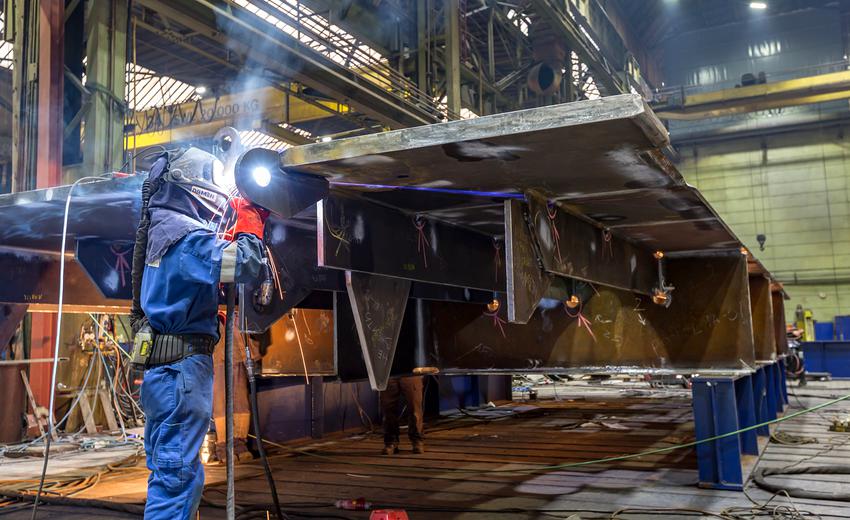
source: pinterest.com
Modern steel is reliable and predictable in how it bears weight, ages over time and how it performs within a building.
As long as quality steel is used, architects can accurately predict how it will perform when used in any situation.
Reliability using quality manufacture also has a part to play in longevity and maintenance, which cannot be overstated when used within buildings.
Versatility
Few materials are as versatile as steel. It can be rolled, cast, moulded, shaped, cut, welded, fixed to other materials, be exposed to the elements, be hidden in the framework, or used for huge spans and tiny components.
Steel can be prefabricated, cut on site, craned into place and be used anywhere you can imagine.
Speed of construction
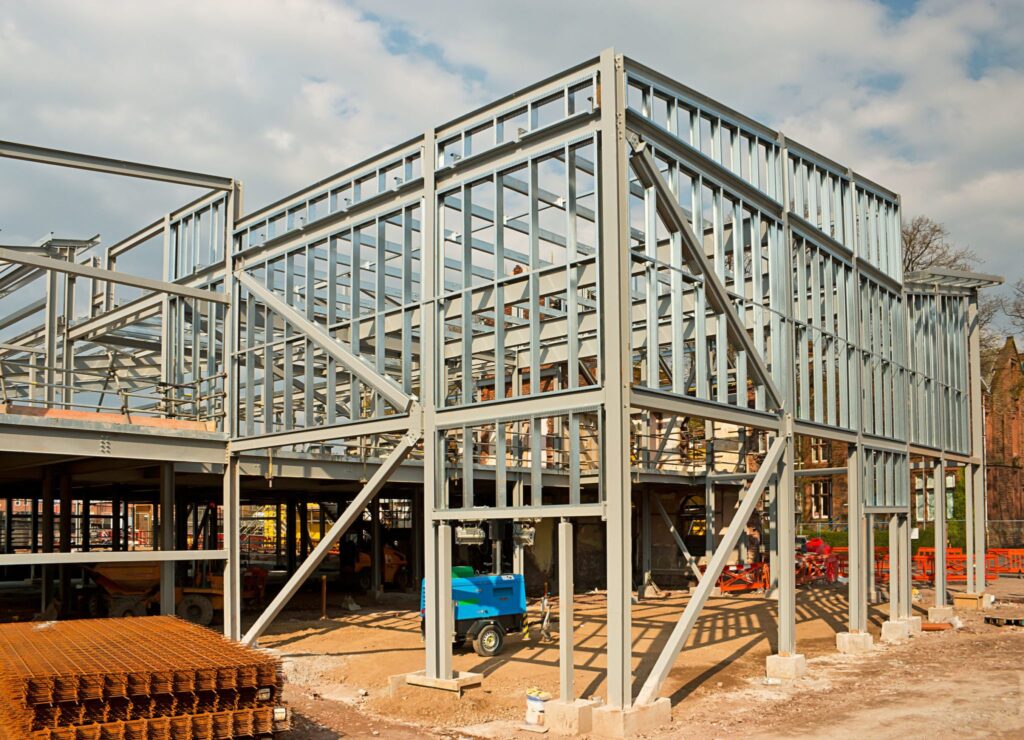
source: pinterest.com
Steel using prefabricated steel can be craned into place, bolted tight and provide reliable frameworks in hours.
No other material provides the strength, longevity, reliability and ease of building that steel does. There isn’t even a material in development that comes close in terms of performance and convenience.
The faster a building is constructed, the faster it can be handed over and begin performing its purpose.
Adaptability
Steel is also very adaptable. Even the most careful manufacture may mean needing adaptations on site. A good steelworker can cut, weld and resize steel quickly and easily with the right tools.
When deadlines and budgets are as tight as they are, that’s a genuine benefit of using steel!
Steel is plentiful, versatile, safe and sustainable. All things that provide value to the construction industry and the end user.
If you were ever in doubt about the effectiveness of this material in construction or were wondering whether the energy-intensive manufacturing process is still viable, the answer is yes. Most definitely.
If you’re looking for high quality, low cost galvanised steel, mild steel, stainless steel or cold rolled steel sheets, cut to size and delivered fast. Order today from Buy Metal Online!

